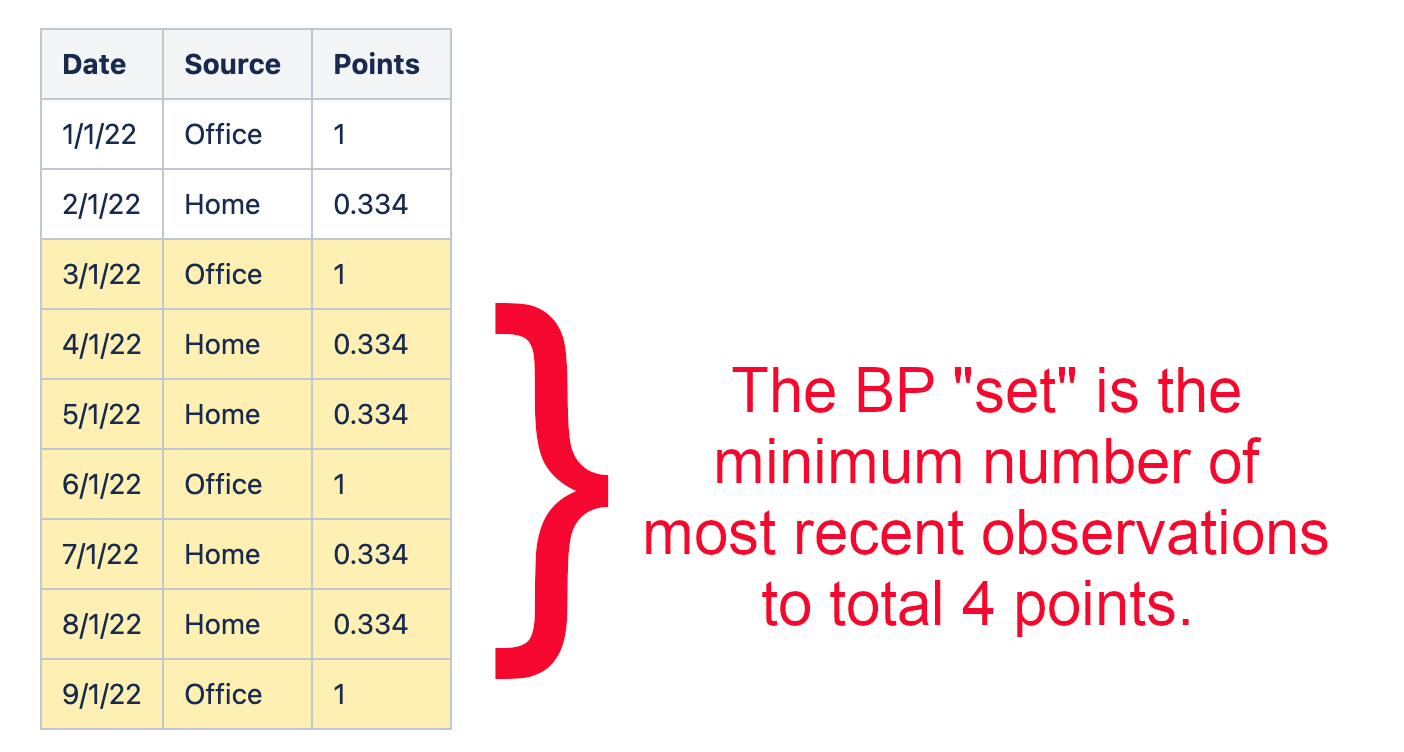OHSU Hypertension Implementation Guide
0.1.0 - CI Build
Unknown region code '840'
OHSU Hypertension Implementation Guide
0.1.0 - CI Build
Unknown region code '840'
OHSU Hypertension Implementation Guide, published by Oregon Health and Science University. This guide is not an authorized publication; it is the continuous build for version 0.1.0 built by the FHIR (HL7® FHIR® Standard) CI Build. This version is based on the current content of https://github.com/OHSUCMP/htnu18ig/ and changes regularly. See the Directory of published versions
Workflow diagrams represent the decision logic developed and adapted to work appropriately and safely. Each workflow is handled separately, but are ordered such that safety concerns are at the top of the recommendation list.
The decision logic for all workflows contains some common concepts defined in this section.
Workflow logic referring to "all" BP readings refers to all readings taken in the previous 2 years. Blood Pressure observations must be in the ValueSet http://cts.nlm.nih.gov/fhir/ValueSet/2.16.840.1.113883.3.600.2012 and must have a unit mm[Hg] and a status of 'final', 'amended', or 'corrected'.
A BP observation is considered to be a home reading if BPObservation.extension value contains a measurementSetting with SNOMED Code ‘264362003’. Otherwise, it is considered an office reading. In practice, there were challenges getting ambulatory monitoring procedures for blood pressure from a real FHIR implementation so ambulatory observations are not currently considered.
In order to generate useful recommendations, the decision support system needs to have a minimum number of blood pressure readings taken over the last 2 years to be used as the most recent "set" of BPs in several calculations. The initial approach was to require at least 12 hours of ambulatory readings, 4 office readings, or 6 home readings to establish the set and to prioritize which set was used based on the presumed accuracy of the source (Ambulatory > Office > Home). But different types of readings may be interspersed throughout the 2 year period, potentially leading to more recent readings being discarded from analysis if they weren't part of the prioritized set. It was also determined that more home BP readings should be required to encourage patients to use the COACH tool for monitoring.
To avoid the pitfalls of interspersed data, a point system is employed to define the most recent BP set. Each blood pressure reading is assigned points as follows:
A patient must have at least 4 points total in observations from the last 2 years to have a set. And the most recent BP set would be the minimum number of most recent readings that add up to 4. In the example below, the most recent 4 home and 3 office readings would be used:

Many of the recommendations are generated by comparing the patient's current blood pressure to their stated blood pressure goal. Implementers may want to create a default Goal for the patient if one does not already exist so that these recommendations fire. The goal must have a lifecyleStatus in ('proposed', 'planned', 'accepted', 'active', 'completed'). The goal should have a single target, with one measure in the ValueSet for Systolic Blood Pressure (http://cts.nlm.nih.gov/fhir/ValueSet/2.16.840.1.113762.1.4.1104.2) and one measure in the Value Set for Diastolic Blood Pressure (http://cts.nlm.nih.gov/fhir/ValueSet/2.16.840.1.113883.3.526.2.1045). Both measures must have detail that is a quantity with unit mm[Hg]. See an example goal here.